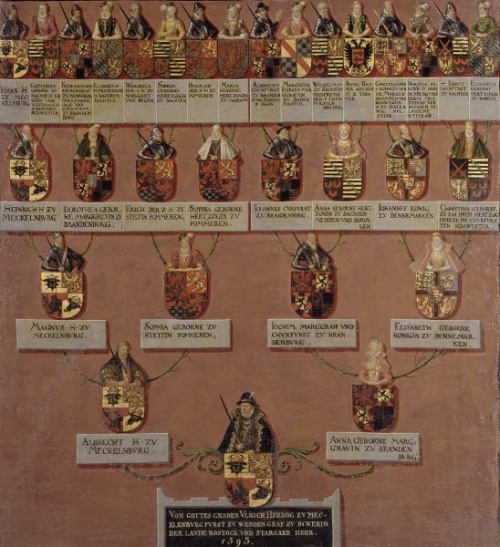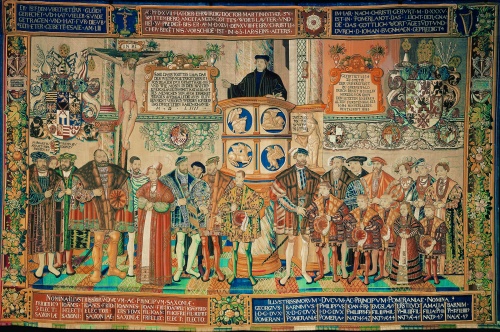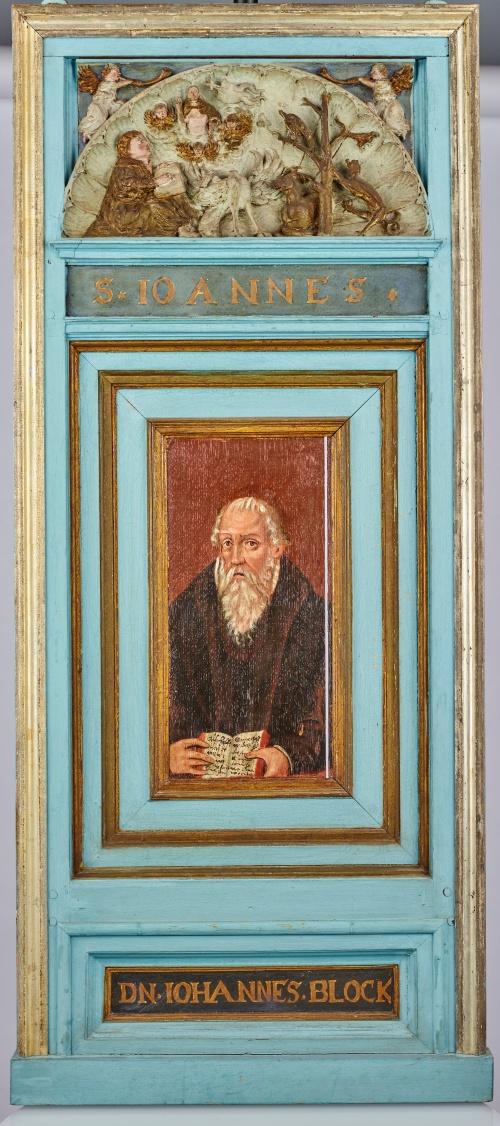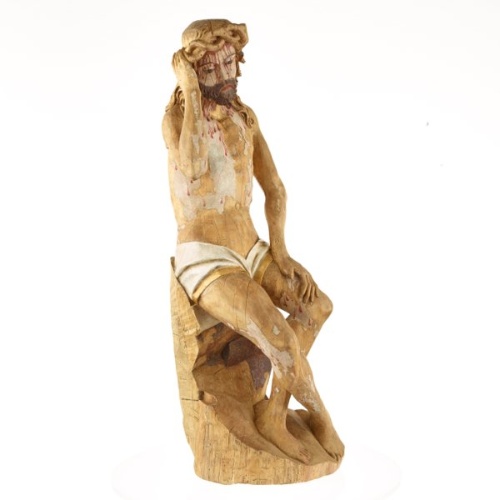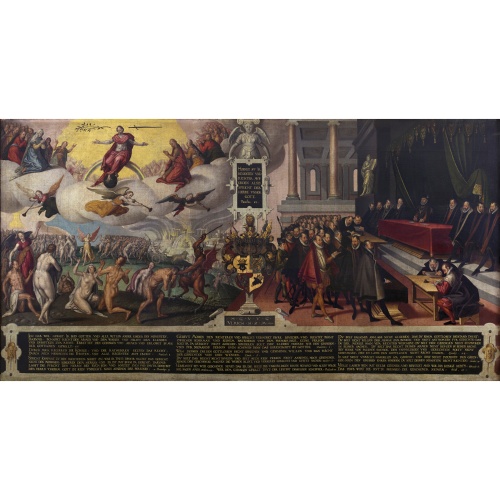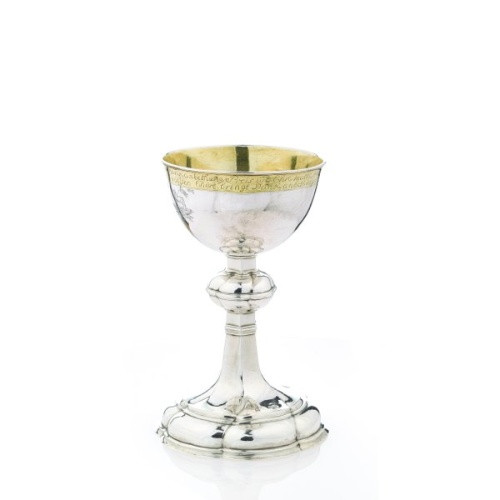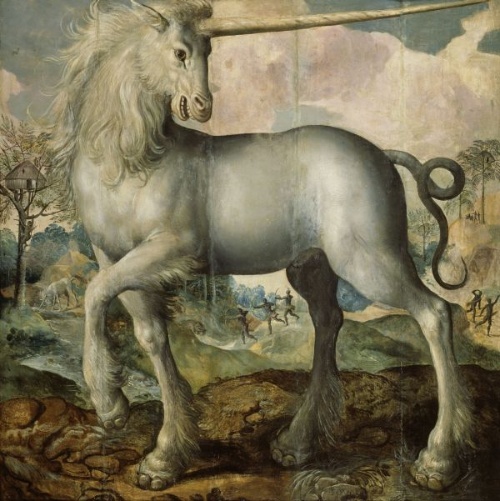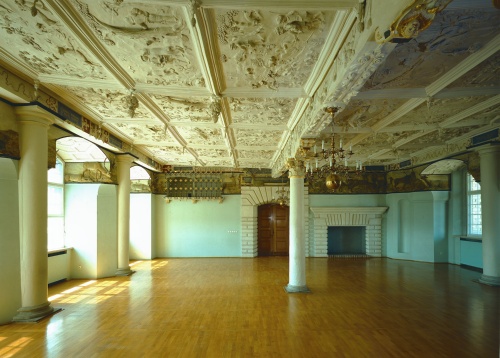The Reformation and Humanism were followed by the Renaissance. Art blossomed in courts and large towns and cities. The printing industry experienced a considerable upswing. Architecture in Mecklenburg achieved national status with Güstrow Palace in the transition from the Italian to Dutch Renaissance. Palaces such as Gadebusch, Wismar (court), and partly also Bützow and Schwerin, showed a particular connection through their terracotta designs. Statius von Düren, from Holland and seated in Lübeck, is believed to have operated in Schwerin a branch for the manufacture of “printed stones.”
Art and architecture 1550 up to 1600
On the timeline through this topic
Choose time period:
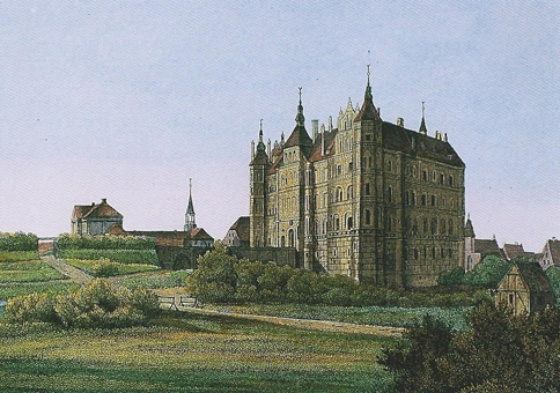
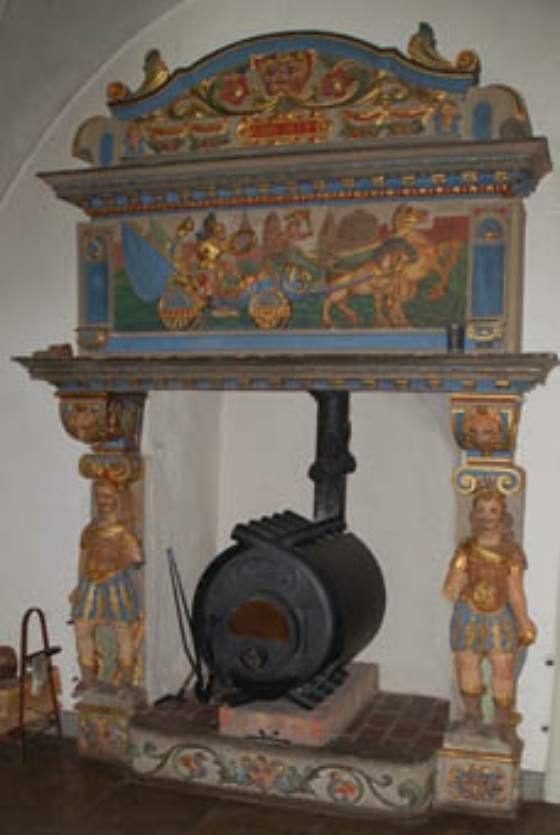
Art flourishes at court and in the larger cities. The printing trade enjoys a remarkable upturn in fortunes. Philipp I, Duke of Pomerania-Wolgast, commissions many buildings, among them the palace in Wolgast, which is enlarged in several stages to become a new residence following a fire in 1557. He also orders fabrication of the Croy tapestry in 1554. This expansive artwork depicts the members of related dynasties in Pomerania and Saxony, as well as the reformers Martin Luther, Philipp Melanchton and Johannes Bugenhagen.
